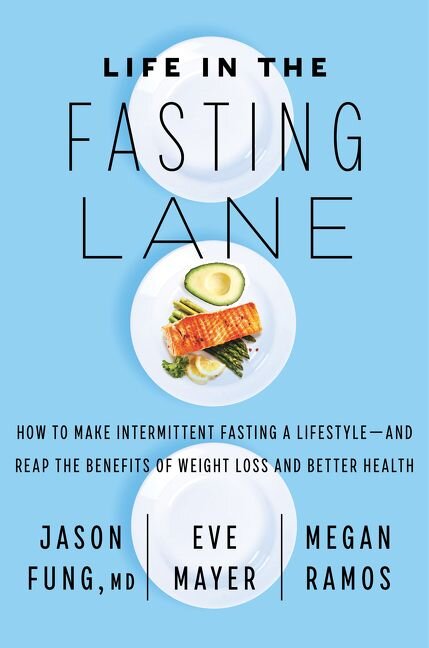What is it?
The ketogenic (keto) diet is a low-carb, moderate protein, and high-fat diet that puts the body into a metabolic state known as ketosis. In ketosis, your body begins to use stored fat for fuel instead of the food you eat, resulting in fat loss.
Popular keto foods include:
Meats (bacon, steak, fatty meats)
Avocado
Green leafy veggies, berries, and nuts.
Restricted foods include:
High carb foods (bread, pasta, rice, etc.)
Foods high in sugar or fructose (candy, pastries, ice cream, etc.)
The focus of the ketogenic diet is not about calorie restriction, but the type of foods you eat. Most people aim to keep net carbs between 20 grams 50 grams per day and place a focus on meat, fats, green cruciferous veggies, and some fruits. In general we eat as much as we want of the low-carb, high fat foods mentioned above and in pretty short order we find that we are hungry less often and eating less when we do sit down to a meal.
Its a self-regulating system!
It’s all about the insulin
Insulin is the fat-storing hormone that is released each time you eat. When you eat food with high carbohydrates or sugar content, your body protects you from excessive blood sugar levels by producing insulin. Once the insulin is released into your body, it works to get your blood sugar level under control as quickly as possible. This means getting that blood sugar into cells in your body to be used as energy. Once your muscles, skin, organs, bones, etc. have gotten their fill the insulin will begin moving the remaining sugars into storage for later use.
That storage location? Fat cells!
Eating a keto diet works by lowering your intake of carbohydrates and sugars in order to lower overall insulin levels. Eventually, your body will begin burning it’s stored fat for fuel instead of the carbohydrates you eat, resulting in weight loss.
Curious how close you are to ketosis right now? You can check your ketone and glucose levels with a convenient monitor.
Why we love it
For us, this has proven to be an optimal diet. Here are some of the benefits we have noticed since being on the ketogenic diet:
Weight-loss
Improved energy
Brain clarity
Less hunger
Better workouts
Longer periods of fasting
The ketogenic diet has also been linked to improving Alzheimer’s, epilepsy and has shown anti-cancer properties as well.
Beware the ‘keto flu!’
If you have brain fog or feel tired and lethargic all the time after starting the ketogenic diet, you may have keto flu.
When you reduce your carbohydrate intake, your kidneys release water and begin to process a bit differently. For every 1 gram of carbohydrate you eat, your body retains about 3 grams of water. When you reduce your carbohydrates, your body begins to release water and along with it, sodium.
The result of that is the called keto flu.
Luckily, the cure is easy! Increase your your electrolytes. The quickest and easiest way to do that is get some salt into your body to replace the lost sodium! We start with ¼ teaspoon, and in 30 minutes if you still feel crappy, take some more.
When it comes to salt, if you overdo it the excess is simply released into your urine. It’s OK. Salt is not the enemy.
For more information on keto and some basics to get you started, check out Diet Doctor’s Ketogenic Diet for Beginners.












